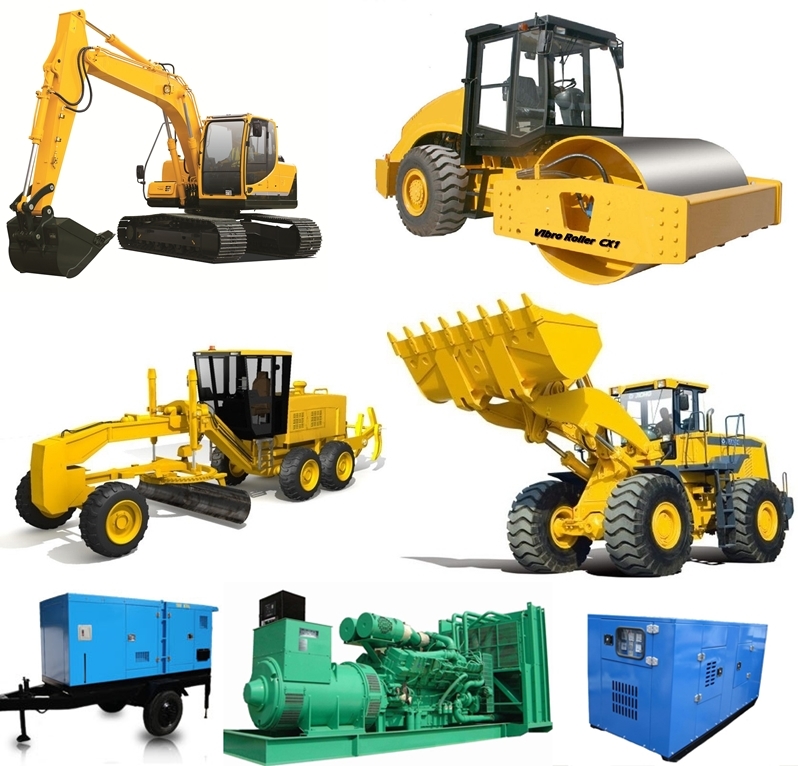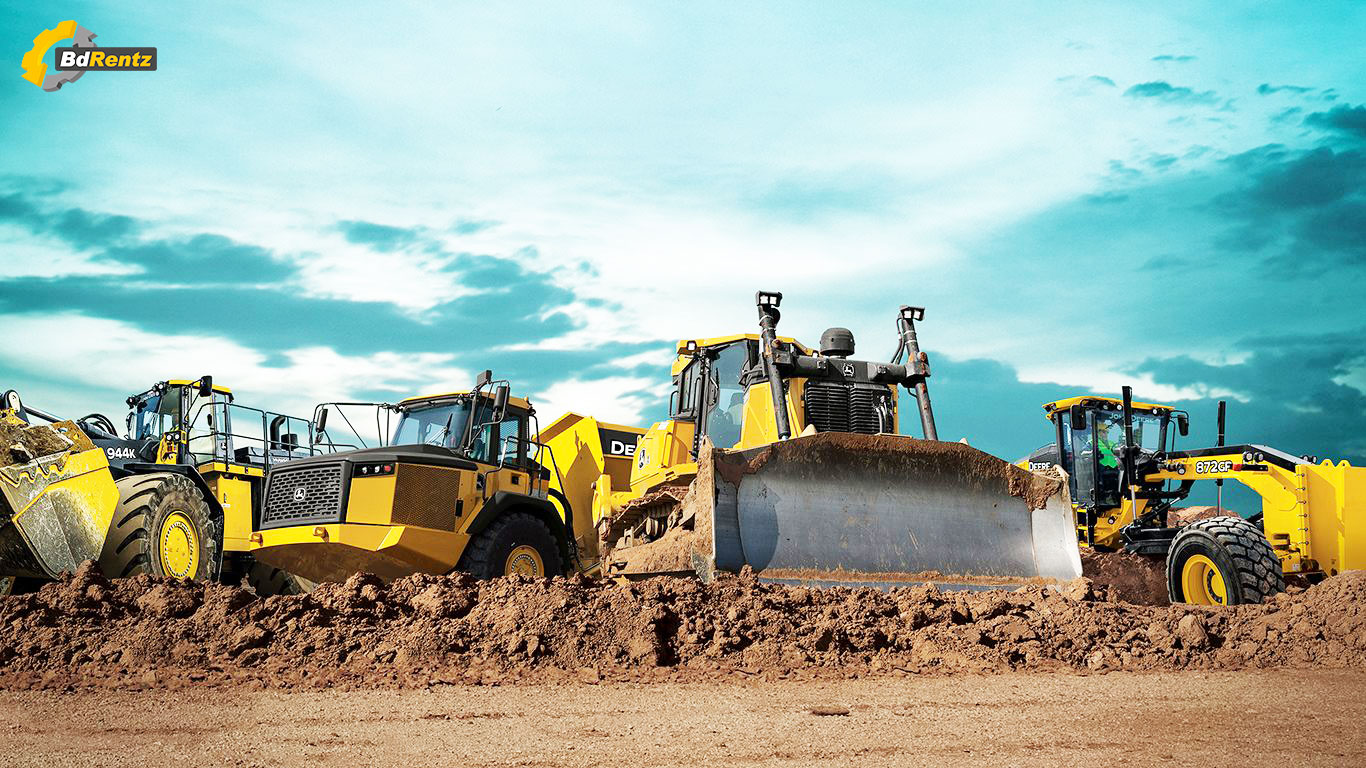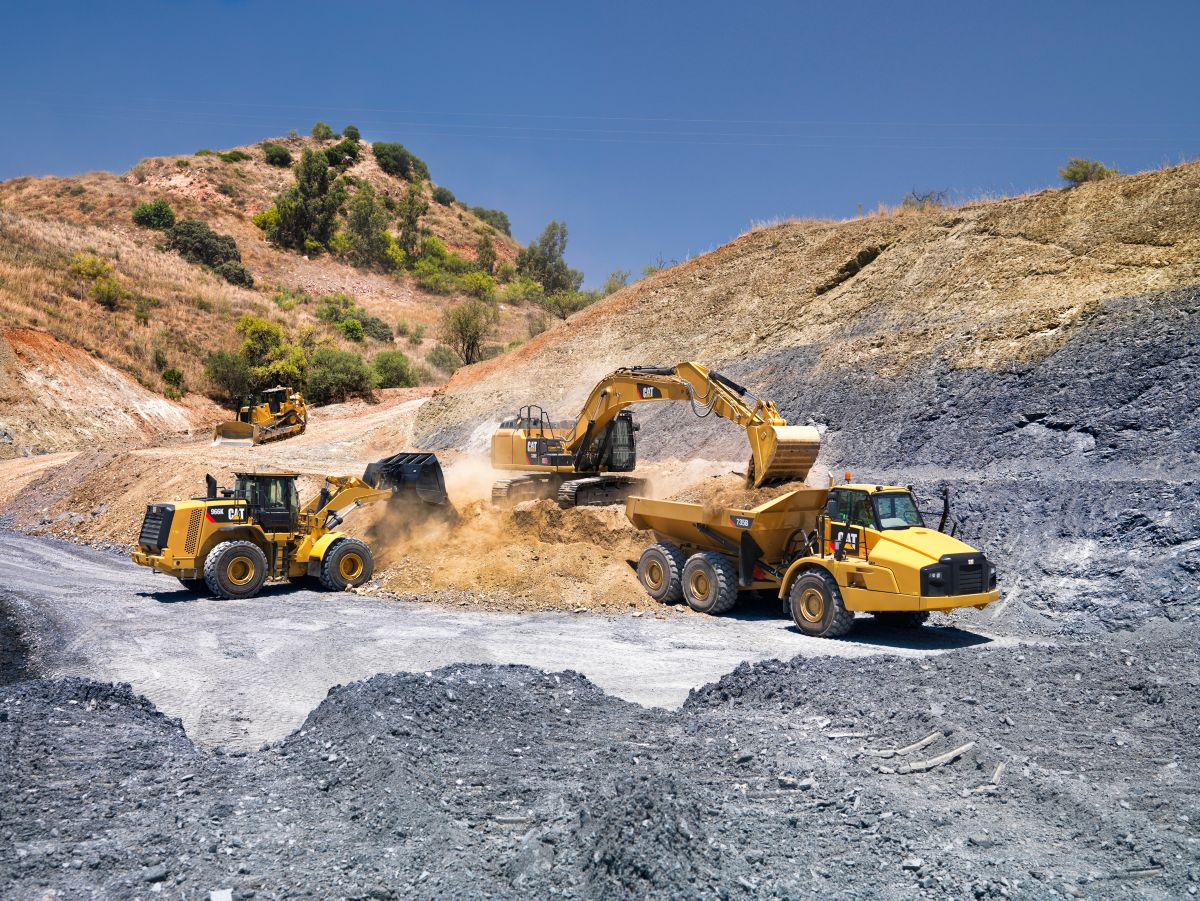Maximize Your Budget by Understanding the Prices Associated With Construction Devices Rentals
Understanding the complete range of prices associated with building and construction tools services is essential for maximizing your budget. What strategies can be employed to efficiently take care of these costs and guarantee a much more effective rental experience?
Review of Rental Prices
When considering building equipment leasings, understanding the connected expenses is paramount for efficient budgeting and job preparation. Rental costs can differ considerably based upon a number of variables, including devices kind, duration of service, and area. The initial rental cost usually mirrors the equipment's market need and its linked functional abilities, influencing the general expenditure.
Along with the base rental price, supplementary expenses might develop, such as transport fees, gas additional charges, and maintenance costs. It is important to make up these additional expenditures to accurately examine the overall price of leasing tools. The rental duration can influence rates; longer services may certify for reduced prices, while short-term rentals may sustain higher day-to-day charges.

Malfunction of Rental Prices
A thorough understanding of rental prices is important for specialists and project managers intending to maximize their spending plans. Rental rates for construction equipment typically contain a number of elements, consisting of base prices, time-based fees, and use costs.
Base rates are the core costs connected with the service of the devices, commonly figured out by the kind and dimension of the machinery. These prices can vary substantially, affected by elements such as devices demand, availability, and local market patterns. Time-based costs, which might be daily, weekly, or monthly, offer to suit different job timelines and rental periods.
In addition, rental prices might include usage charges, which are applicable when tools is used beyond a specified limit, ensuring that the rental company can account for wear and tear. Seasonal need variations can likewise influence rental prices, with peak building periods typically regulating greater costs.
Furthermore, comprehending the rental business's policies concerning maintenance and insurance coverage can provide further insight into the overall cost structure. By analyzing these parts, professionals can make enlightened choices, ensuring the option of rental tools lines up with both project needs and budget constraints.
Additional Fees to Consider
Recognizing the ins and outs of extra fees is critical for contractors to manage their general rental expenditures efficiently. Beyond the standard rental rates, different supplemental costs can substantially influence the overall expense of devices leasing. These charges commonly consist of shipment and pickup charges, which can differ based upon range and logistics involved in delivering the devices to and from the job site.
Furthermore, some rental companies may enforce gas additional charges if the equipment is returned with less gas than when leased. It articulated loader for sale is likewise vital to understand potential cleansing fees, particularly for specialized devices that calls for detailed upkeep after use.

Extensively examining the rental agreement and clarifying these additional costs in advance can help contractors ensure and prevent unforeseen expenses that budgets continue to be undamaged throughout the job lifecycle.
Maintenance and Repair Costs
Routine repair and maintenance expenses are frequently overlooked factors that can substantially affect the general price of construction devices rentals. When renting out devices, it is crucial to consider not only the rental costs yet also the possible expenses connected with keeping the equipment in optimum operating condition.
Many rental companies consist of basic upkeep as component of the rental contract; nevertheless, a lot more unexpected malfunctions or extensive repair work can result in extra costs. It's necessary to examine the rental contract carefully to recognize what maintenance services are covered and what responsibilities drop on the renter.
Additionally, equipment that is not properly maintained can bring about inadequacies at work website, potentially creating hold-ups and enhancing task expenses. To minimize these dangers, it is a good idea to perform routine examinations and keep open communication with the rental copyright pertaining to any concerns that arise throughout use.
Insurance Policy and Liability Costs
Insurance try this web-site and liability expenses are crucial elements that can substantially influence the general expense of building and construction equipment rentals (construction equipment rentals). These costs make sure that both the rental firm and the client are safeguarded from possible monetary losses occurring from mishaps, damages, or theft throughout the rental duration

Additionally, customers ought to recognize any kind of deductibles or exemptions in the insurance coverage policy, as these can influence prospective out-of-pocket expenses. Comprehending the terms of any insurance coverage is vital to avoid unexpected prices. Eventually, budgeting for insurance and obligation expenses can aid guarantee a smoother rental experience and safeguard versus financial threats related to construction projects.
Final Thought
In verdict, a thorough understanding of the costs connected with building equipment rentals is crucial for efficient budget plan monitoring. Eventually, informed decision-making regarding devices leasings contributes to the general success of construction undertakings.
Rental prices can differ dramatically based on a number of factors, consisting of equipment kind, duration of leasing, and location (forklift rental). The rental duration can affect prices; longer rentals might qualify for discounted prices, while temporary rentals could sustain higher everyday fees
By conducting detailed research and engaging with reputable rental firms, specialists can efficiently browse the intricacies of rental rates, ultimately optimizing their financial resources.
Beyond the typical rental prices, various extra costs can considerably affect the total expense of devices rental. Rental business commonly give obligation insurance that covers injuries to 3rd events or damage to building, while tools damages insurance policy can cover the cost of fixings or replacement if the rented devices is harmed.